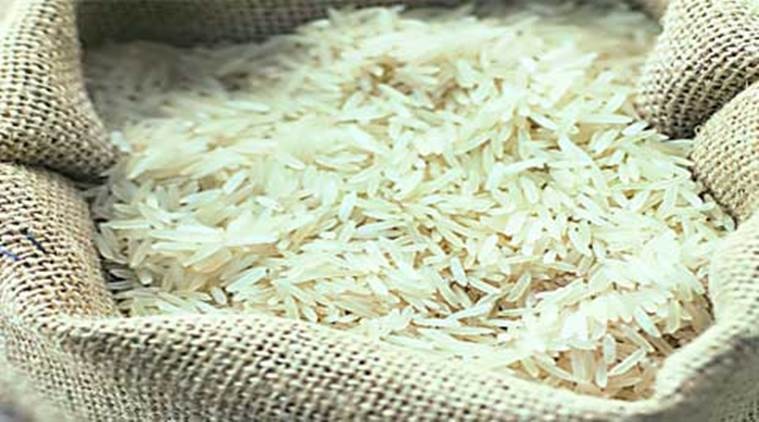 The plantation of Basmati is about to start in both Punjab and Haryana states. (Representational)
The plantation of Basmati is about to start in both Punjab and Haryana states. (Representational)
Basmati exporters in the country have started reaping a rich dividends with the rate of the crop going up by 15 to 20 per cent recently. Good demand for Basmati from the Middle East has also led to the rates surging suddenly.
“The rate of the crop has increased post lockdown as a single container which was being exported at the rate of Rs 10 to 11 lakh during the lockdown period, now it is being exported art the rate of Rs. 12-13 lakh,” said Arvinder Pal Singh, president of PRMEA (Punjab Rice Millers Exporters Association), adding that several new orders are also coming, but due to shortage of labour the exporters are even struggling to meet old orders first.
If the export to Iran, which is the major importer of Indian Basmati, was less this year, it has been compensated by Iraq and Saudi Arabia, said, exporters.
“Due to the outbreak of the coronavirus, several Basmati importing countries have been placing more orders so as to keep some food buffer in their respective countries due to which the rates are going up,” said Vijay Setia, former president of the All India Rice Exporters Association, one of the leading exporter himself.
A container carries around 20 tonnes (20,000 kg) of Basmati rice as these containers are sent to destination countries from India in the ships.
The labour is required to empty the containers, which brings imported items and take export materials and loading the export material in it. Also, the labour is required for unloading the export material from the trucks which carry material to the ports from various states.
But due to returning of a large number of labourers to their respective home states the Basmati export also facing the heat of labour shortage, said Nathi Ram Gupta, president of All India Rice Exporters Association.
“Earlier there was not much shortage of the labourers at the port during the lockdown period even, but when the ‘Special Shramik trains” were launched in the month of May to send the labourers back to their respective home states, the labour strength came down to half,” said Ashok Sethi, Director, PRMEA.
Due to good demand from the import countries even Basmati varieties with depressed rates since the beginning of this year, have also seen an increase of 20 to 25 per cent in the past few weeks.
Setia said: “India has been exporting 44 lakh tonnes of Basmati annually and on an average 3.75 lakh tonnes of rice is exported from here. Due to shortage of labour at the ports, the export has also been taking place at a bit slower pace because labour strength has gone down but now they are coming back and nearly 70 to 75 per cent labour is available now.”
He added: “Rates have gone up and even 1401 variety which was quite depressed this year has seen 20 per cent increase in rates.”
India has been exporting Basmati to 80-90 countries including EU, USA, Middle East, Russia, Ukraine, Turkey, Azerbaijan, Commonwealth of Independent States (CIS) countries.
Punjab and Haryana states are the major Basmati growers and exporters and both the states have been a share of around 80 per cent of the total export of Basmati crop from India. Punjab alone grows over 20 lakh tonnes of Basmati every year out of which major portion is exported.
Meanwhile, the farmers had sold the Basmati varieties at the rate of Rs 2,500 to 3,300 per quintal last year and going by this year’s export rate the area under the crop would certainly increase. The plantation of Basmati is about to start in both Punjab and Haryana states. Punjab has fixed a target of bringing around 7-Lakh hectares under Basmati crop this year against 6.29 Lakh hectares last year.